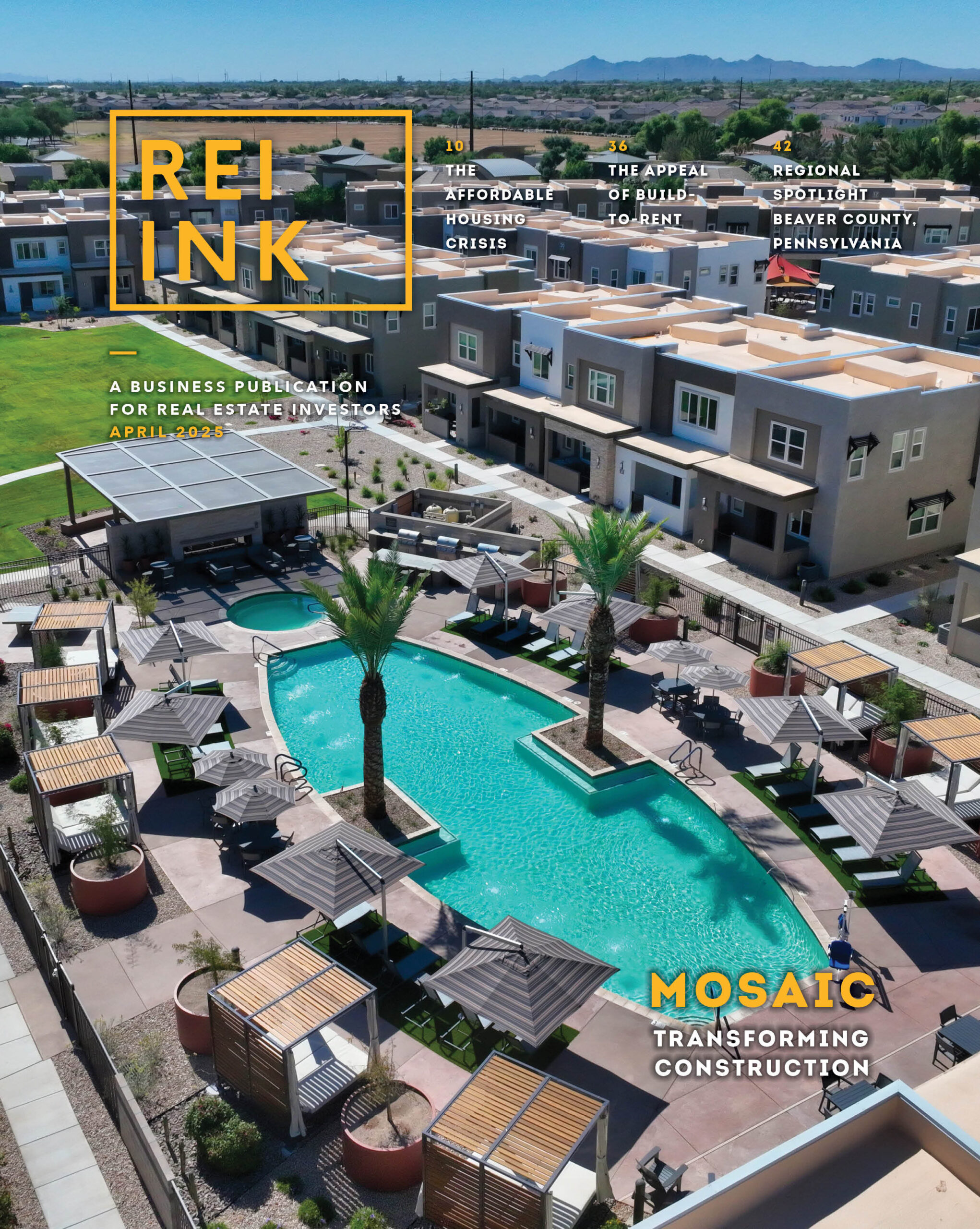Too Much Innovation Can Get You in Trouble
Don’t Get Too Creative with Diversification in 2021 by Bryan Ellis There is a word you should probably get ready to hear a lot in 2021. No, it is not “unprecedented”. That was last year’s word. This year’s word is going to be different. It is already incredibly popular. In fact, some of the world’s best-loved “experts” in investing use this word all the time already. It is a word
Read More












